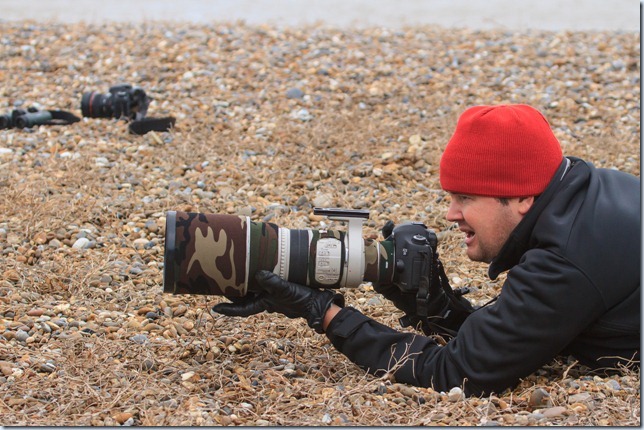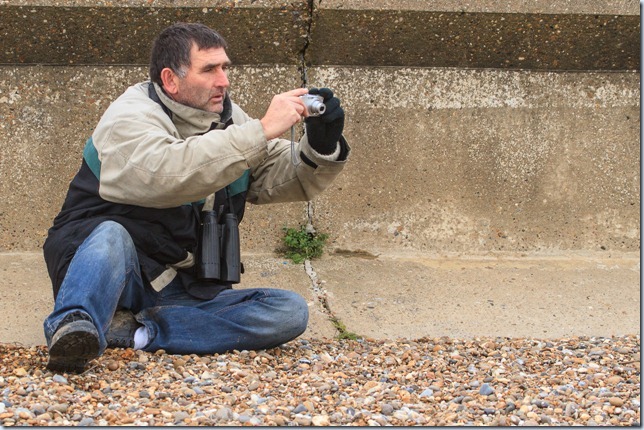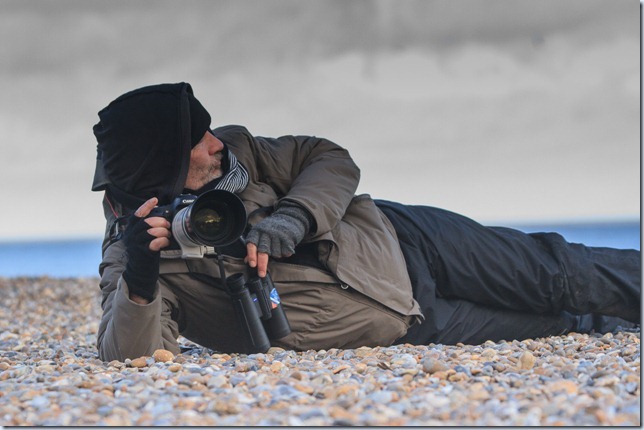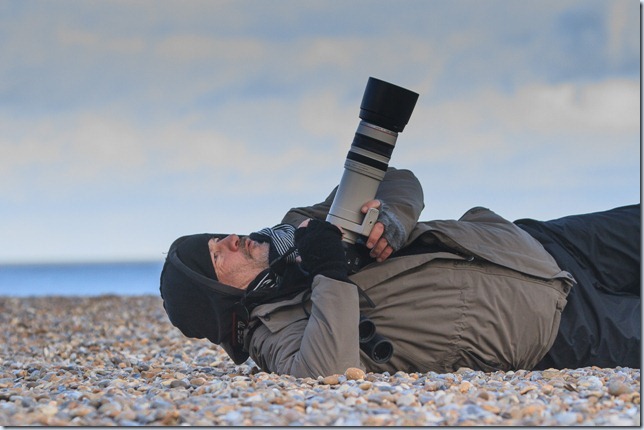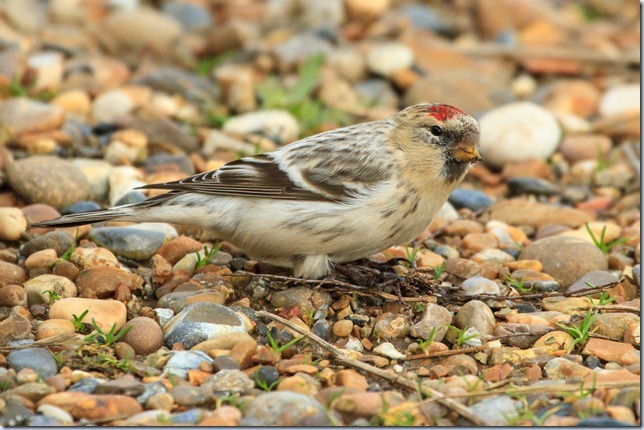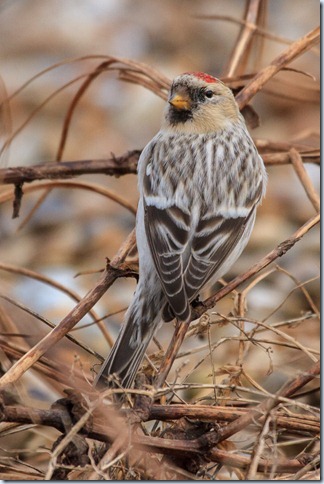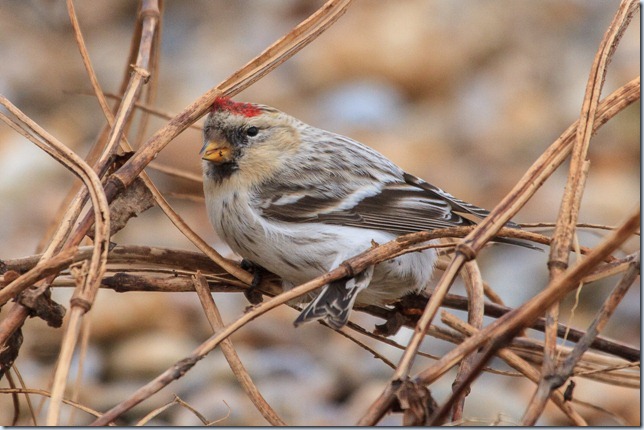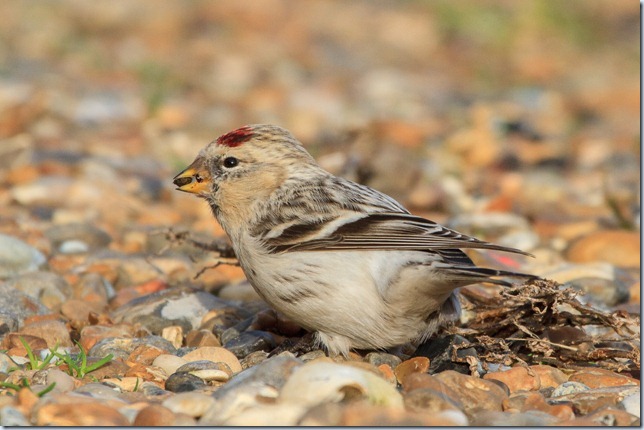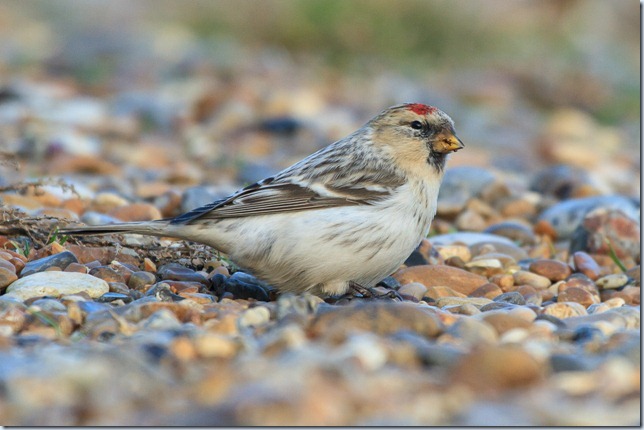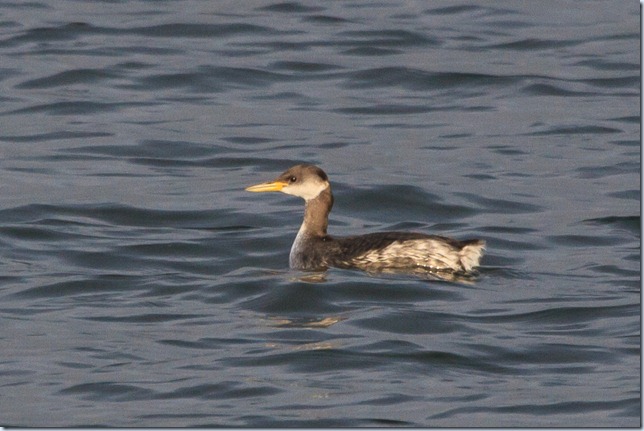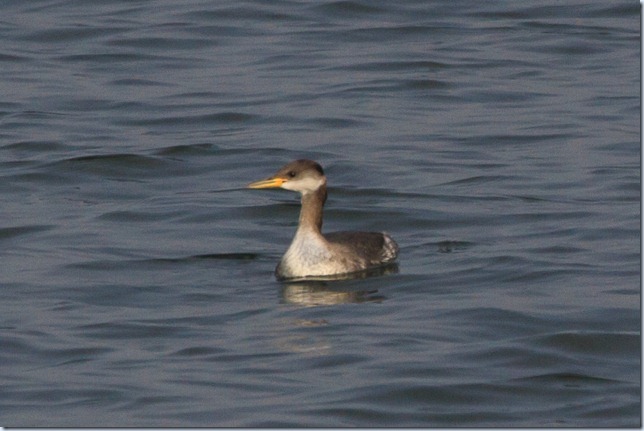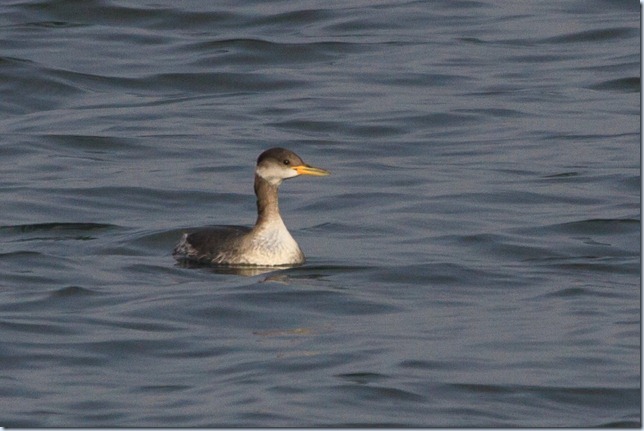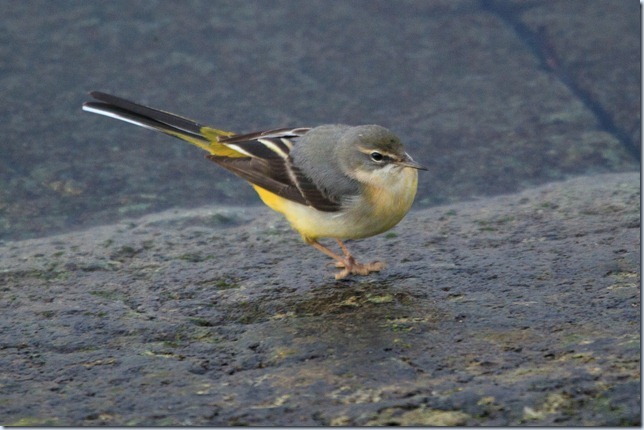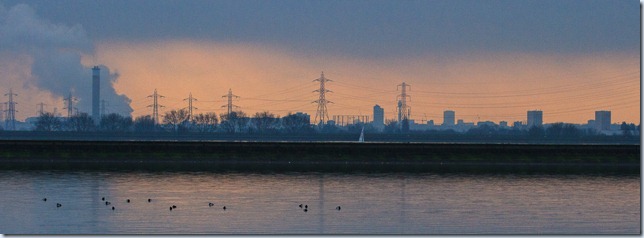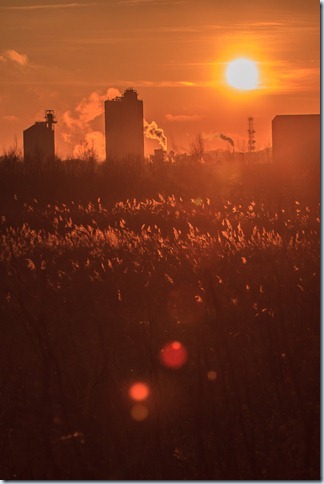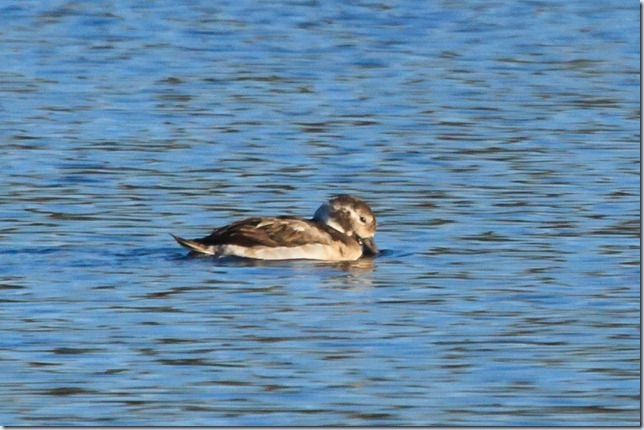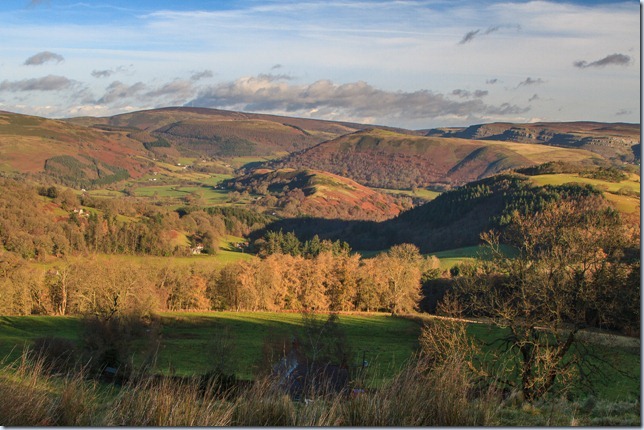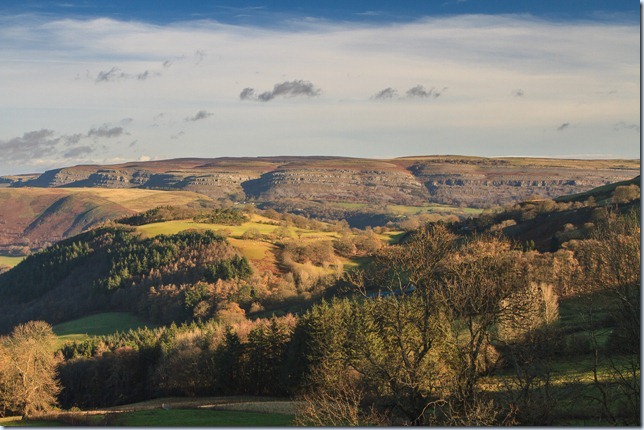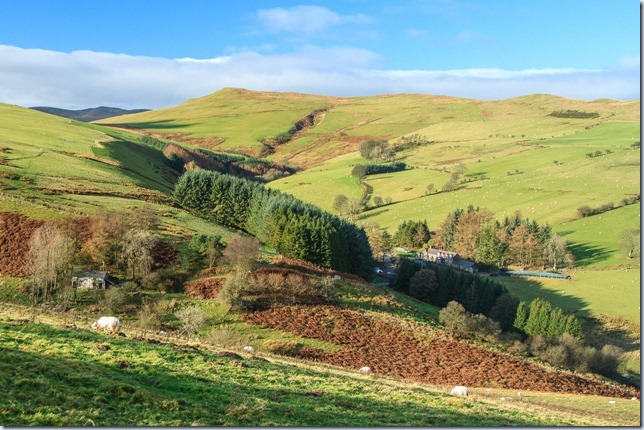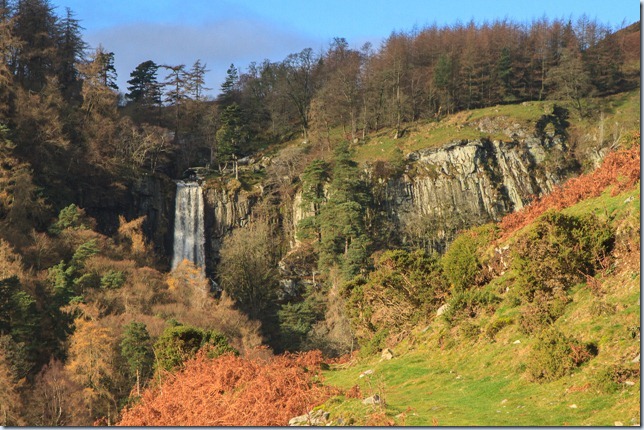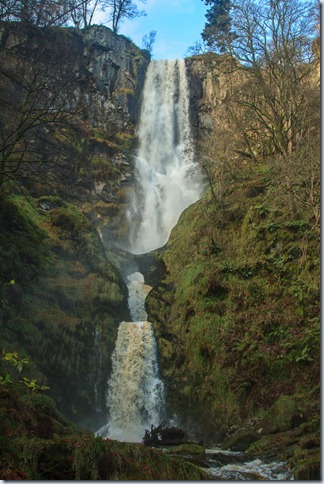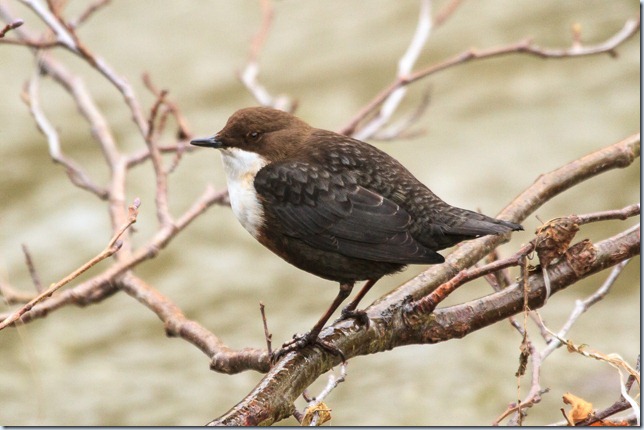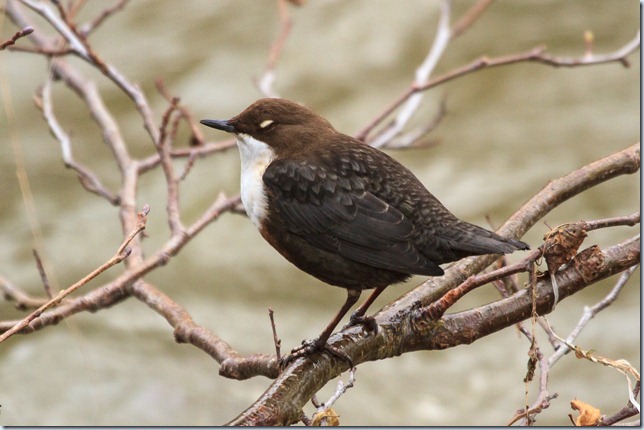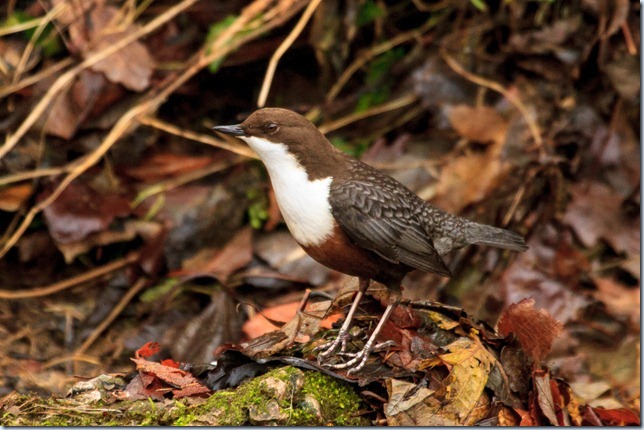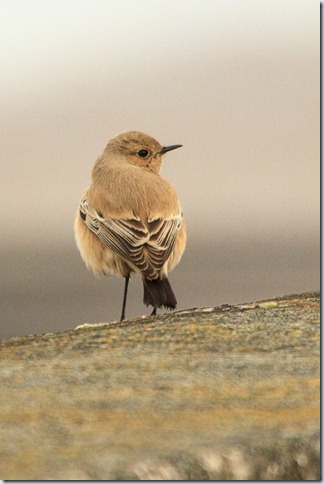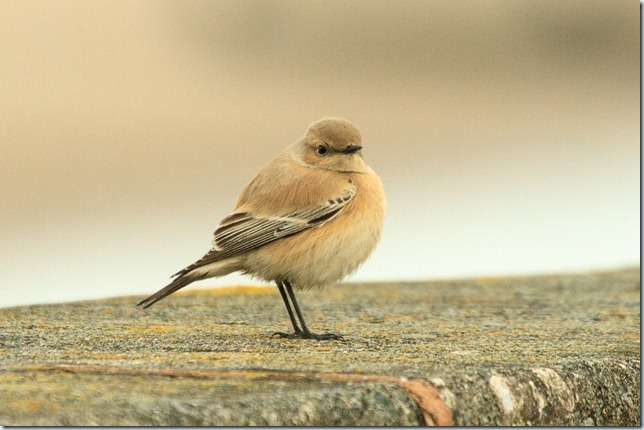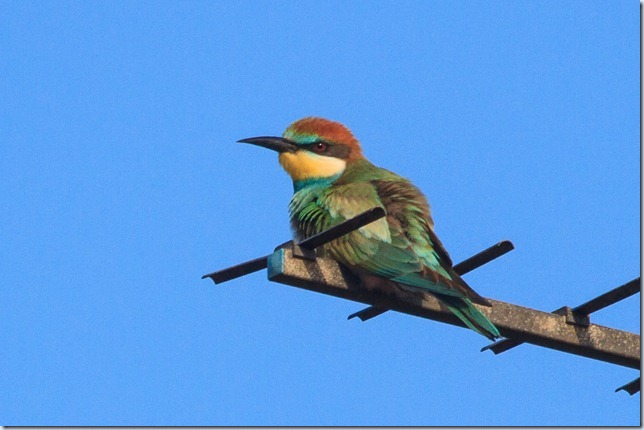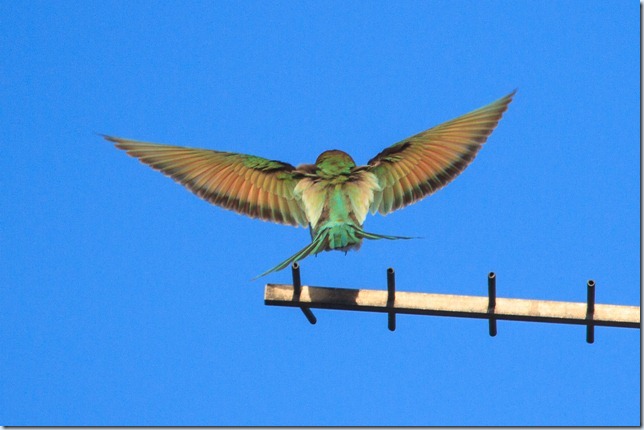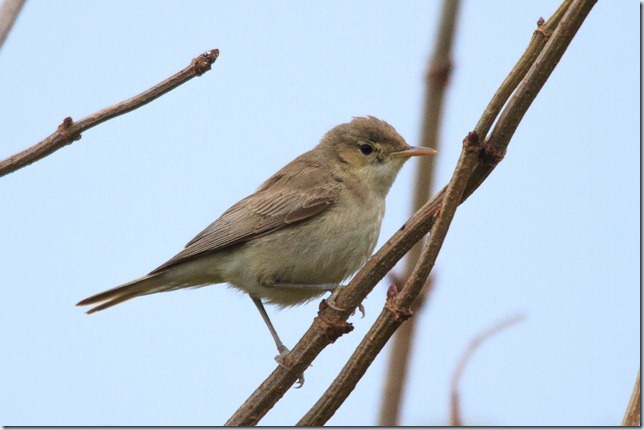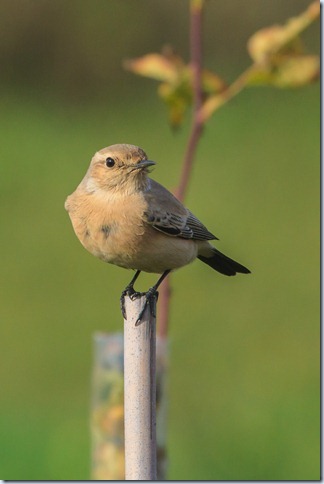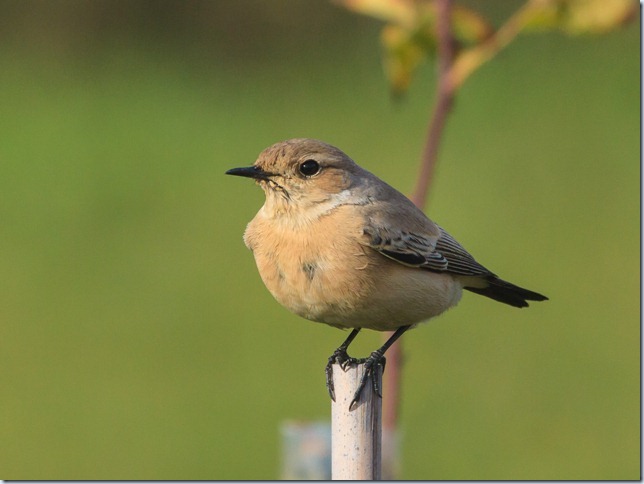Not too much birding for me this weekend, while I’ve been over in Wales with Suzanne’s family, though a bit of a wander in the back of beyond yesterday lunchtime resulted in a couple of Black Grouse – I really must go back and see them lek again sometime soon. I also got gently reprimanded for not having finished dealing with all the photos from South Africa: fair enough, it was over two months ago now! I’ve finished processing (read: deleting most of) my bird photos, so just the landscapes and some bits of Suzanne’s video to go.
So, in the absence of British bird images, here are some of the Cape’s smartest species…
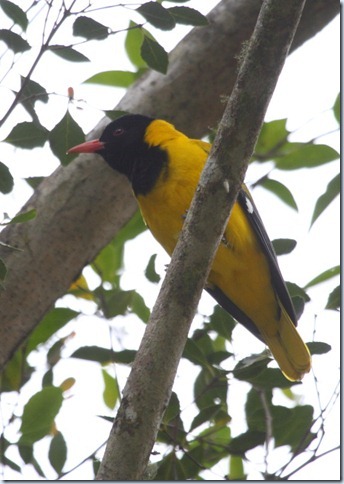
First up, this is a Black-headed Oriole. Just like the Golden Orioles in the UK, these have a fluty whistling song, a harsh angry cat-like call, and are generally ridiculously difficult to see for a brightly coloured bird, frequently dense foliage in tall trees!
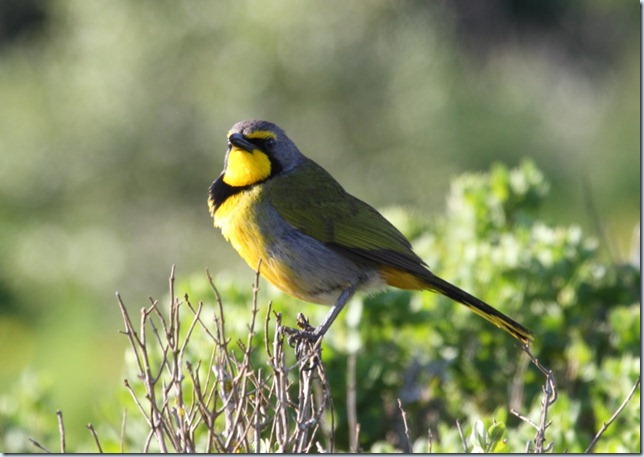
Much easier to see, the Bokmakierie is a type of bush-shrike, fond of sitting up on obvious perches amongst dense scrubby fynbos vegetation.
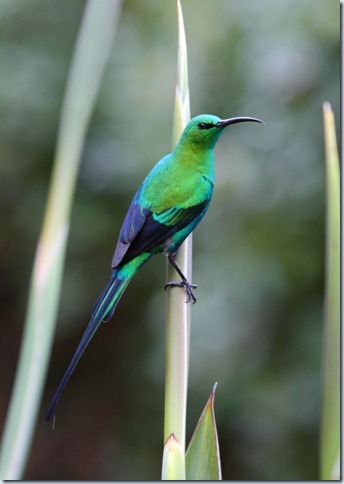
Sunbirds were probably the most attractive family of birds going on the trip, and we enjoyed no less than six different species. The handsome fella pictured above is the biggest of the bunch: a Malachite Sunbird, pictured in the superb Kirstenbosch Botanical Gardens. Continuing on the theme, the next two shots are Orange-breasted Sunbirds, an endemic to the Western Cape, but relatively easily seen amongst proteas and fynbos. Smart!
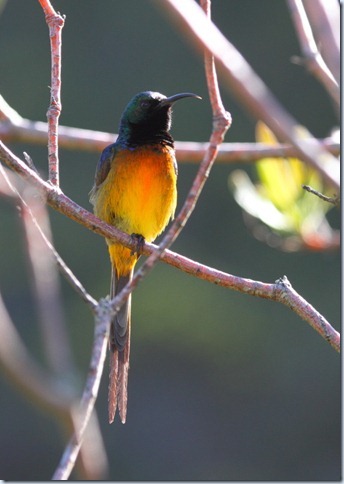
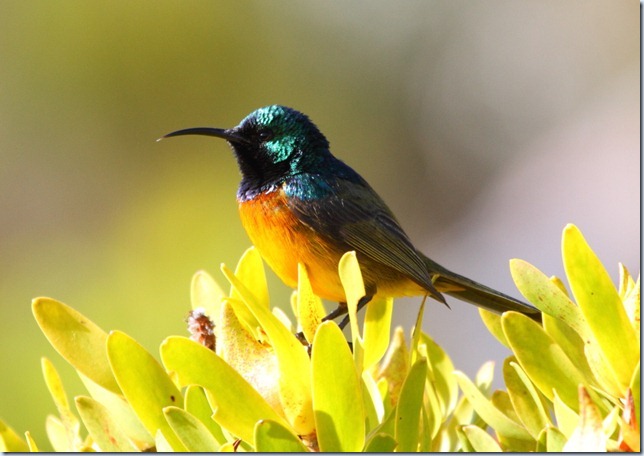
… and the following is an even commoner Southern African species, the Southern Double-collared Sunbird. These were seen most days, but still invariably prompted a quick grab for the camera by the end of the trip!
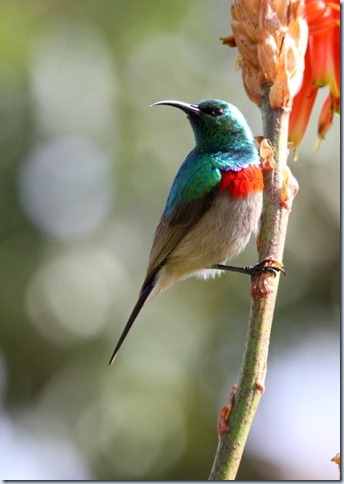
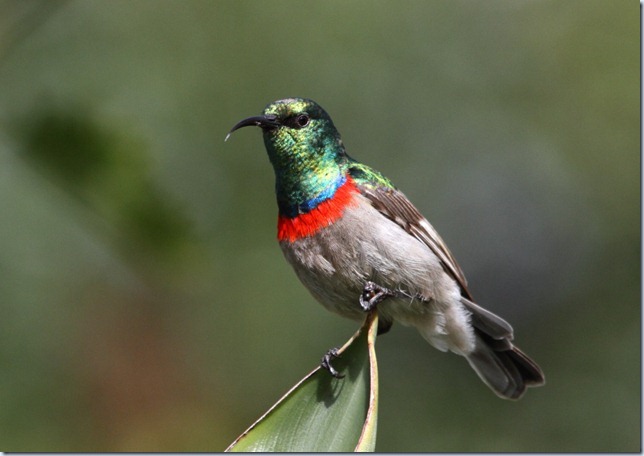
Southern Red Bishops are a pretty common sight along the roadsides, utterly unmistakable even from a car travelling at 120kph! We came across a couple of large breeding colonies in reeds along riverbeds, where many of the males were displaying. This was a general feature of visiting in August, as resident species started to gear up for the breeding season to come.
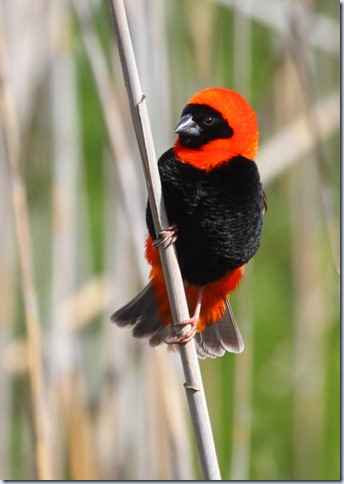
To finish with, a couple of poorer quality photos of trickier forest birds. One of my most-wanted for the trip was a Narina Trogon. All the members of this tropical forest inhabiting family are really smart, but take a bit of effort to find, hiding their bright colours in shady and often dense forest. I was really hoping to see one, but it was too much to expect anything… So finding this guy perched up at eye level on the trail around Nature’s Valley was one of the birding highlights of the trip! It took a little while to successfully point it out to Suzanne through the tangle of branches and creepers, but the bird was surprisingly confiding, swooping only a few yards through the trees as we moved closer to get clearer views. It invariably seemed to perch with its back to us, peering back over its shoulder like a tired old man!
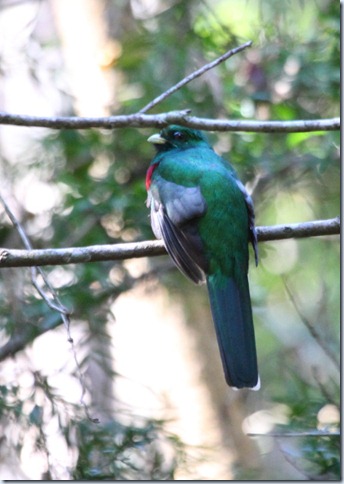
Another magic moment came along one of the ‘kingfisher trails’ on the edge of Wilderness, creeping slowly and carefully through pretty dense forest, listening to a bewildering array of calls from up in the canopy, and generally seeing very little. This was ‘real birding’ – no pager messages, tour guides or crowds of birders to help find or identify anything! A couple of small thrush-like shapes flicked through the understorey in front of us, and after a moment or two, the first popped out to reveal itself as a Chorister Robin-chat… very smart. The second was harder to pin down, though, never going far but always perching just out of view behind a log, or in a little dip, taunting us…
And then when I finally did get a view: “What the **** is THAT?”. I had no idea what it was! I thought I’d been fairly careful in studying ‘the targets’ in the field guide (what else is there to do on a 12 hour flight?!), but this bird hadn’t figured in my preparations at all. It was stunningly smart, too: bright orange underparts and outer-tail; greenish-olive mantle; dark wings; and a slaty-blue head. Once we’d both seen it properly, and I’d got the dodgy flash-lit record shot you see below, the field-guide came out, and pretty quickly the answer became clear: a White-starred Robin, named for the tiny white spot in front of the eye.

As it turns out, these are merely a tricky bird to see in the area, rather than being out and out rarities. And indeed there were other good birds throughout the trip that played hard to get… but the excitement of working hard to find something new, difficult and beautiful will live long in the memory. That’s what foreign birding is all about, and I can’t wait to do plenty more!


